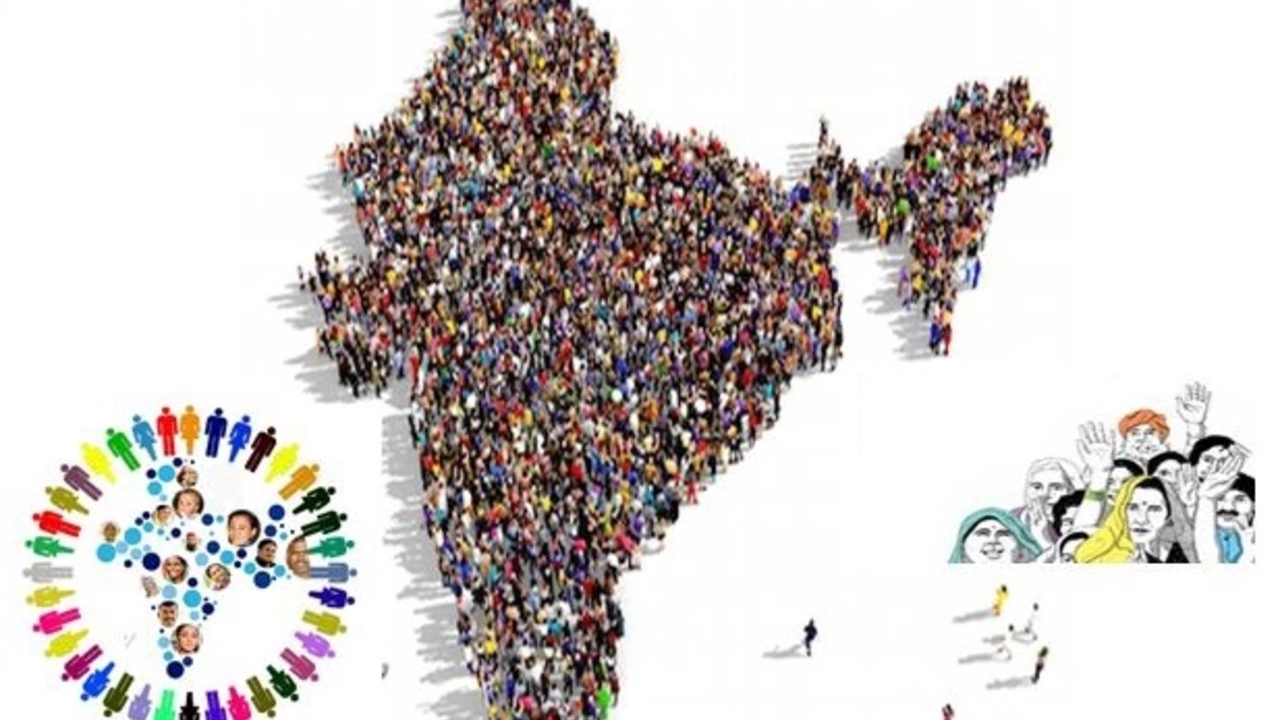India's population is absolutely booming, and it's like a never-ending festival over there! It's all because of an exquisite mix of factors - the country's youthful age structure, declining mortality rates, and cultural norms favoring large families. It's as if Mother Nature took one look at India and said, "You know what? I think I'll throw a party, and everyone's invited!" So, let's not forget, folks, behind these numbers are vibrant, diverse people, just like you and me. India, with its bustling, teeming masses, is just living life in high density!
India's Population: Current Numbers, Growth Trends & Impact
India is home to more than 1.4 billion people, making it the second‑largest country by population after China. That figure isn’t static – it’s rising fast, and the ripple effects touch everything from jobs to the environment. If you’re curious about where the numbers stand today and why they matter, you’re in the right place.
How big is India right now?
According to the latest government estimates, India’s population crossed the 1.42 billion mark in early 2024. The growth rate has slowed compared to the 1990s, but the sheer size keeps climbing because the base is huge. Urban areas are the biggest drivers; cities like Delhi, Mumbai, and Bengaluru each host over 10 million residents. Rural pockets still hold a large share, though migration to towns is pulling numbers upward in the city‑side.
One useful way to picture it is that India now has roughly the same population as the entire European Union combined. That helps explain why any shift in Indian demographics instantly catches global attention. The country conducts a national census every ten years, with the next one slated for 2025 – that will give a fresh snapshot and likely refine the growth models.
What’s driving the change?
Three forces are at play: fertility rates, life expectancy, and migration. Fertility has dropped from about 5.9 children per woman in the 1970s to just under 2.1 today – the replacement level. Still, because of the massive younger cohort, the population keeps expanding. Life expectancy has risen to nearly 70 years, thanks to better healthcare and nutrition, adding more years to the overall count.
Internal migration is another big factor. Young adults move to metros seeking jobs, education, and a modern lifestyle. This shifts the age structure in both sending and receiving regions, creating challenges like housing shortages in cities and labor gaps in villages.
Economic policies also shape the picture. Government initiatives such as the Skill India program aim to equip millions with employable skills, which can influence how many people stay in the workforce longer and how many decide to have fewer children.
All these trends have practical implications. A larger, younger workforce can boost economic growth if jobs are available, but it also pressures infrastructure, education, and health services. Planning for water supply, transport, and sustainable energy becomes a balancing act when the population keeps climbing.
In short, India’s population is a moving target – huge, growing, and reshaped by shifting birth rates, longer lives, and city‑bound migration. Keeping an eye on the numbers helps policymakers, businesses, and everyday citizens make smarter choices about the future.
